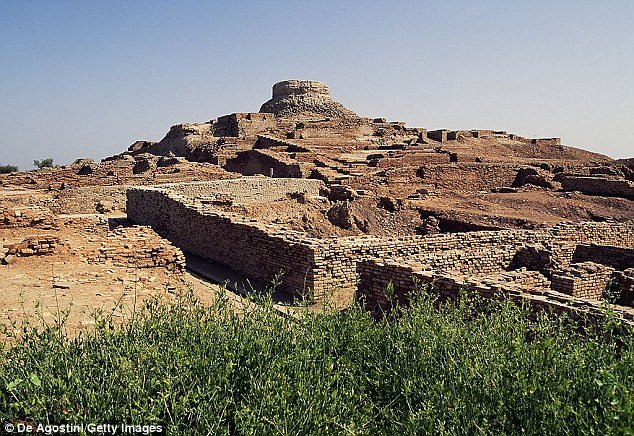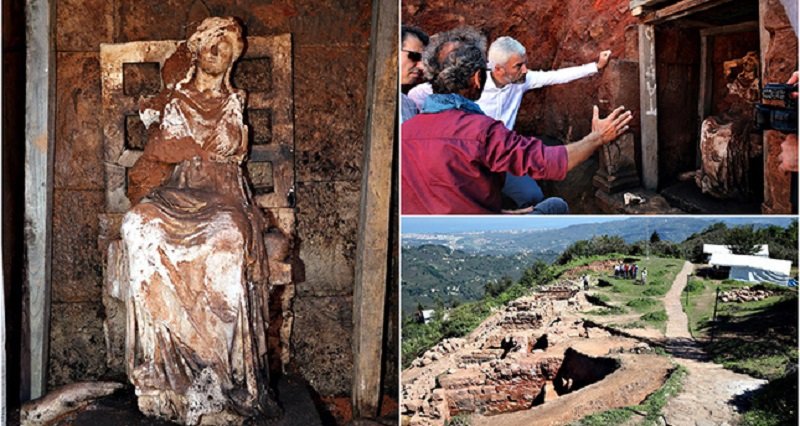OF THE
TIMES


"Inmates in Attica were rioting for many of the same conditions that inmates are striking for today," Crispino said, "an end to prison slavery, human dignity, adequate access to medical care, adequate access to wages."
The last one is a big one. While inmates across the country are protesting many problems, such as being served moldy food or, such as in Texas, being confined to concrete cells with no air conditioning with temperatures reaching over 100 degrees (38 C), the labor issue by sheer volume is the most contentious.
There are over 900,000 inmates working out of the 2.4 million prisoners in the country...
"We want to people to understand the economics of the prison system," Melvin Brooks-Ray, founder of the Free Alabama Movement and former inmate, told Wired. "It's not about crime and punishment. It's about money."
On Friday, protests across the country took place to show solidarity with the protesters behind bars.
The full effect of the protests will not be known until later, but perhaps this will be one step closer to fixing the problems that persist in the country that holds 25 percent of the world's incarcerated population.
Russian Defense Minister Sergei Shoigu has accused the United States and its Western partners of "destroying the foundations of the existing world order from the war in Bosnia-Herzegovina to the wars in Libya and Iraq."
Shoigu spoke on September 12 after U.S. Defense Secretary Ash Carter accused Moscow of having a "clear ambition to erode the principled international order." Carter said last week that Russia had engaged in "unprofessional behavior" in Ukraine, Syria, and cyberspace.
But Shoigu said in a statement that "the international order mustn't be mistaken with the American order." He also said that "maintaining the international order is the prerogative of the entire international community -- not only the Pentagon."
Global Research Editor's Note
This article originally published by Global Research in 2005 sheds light on the nature of Al Qaeda, an intelligence construct used by Washington to destabilize and destroy sovereign countries, while sustaining the illusion of an outside enemy, which threatens the security of the Western World.
In recent developments, the Obama administration has intimated that it will be supporting "moderate al Qaeda rebels" in Syria in its "counter-terrorism" campaign (i.e. bombing raids) allegedly against the ISIS, formerly known as al Qaeda in Iraq (AQI).
The state sponsor of Al Qaeda goes after Al Qaeda? The fact of the matter is that both Al Nusra and the Islamic State (ISIS) are supported by Washington and its allies. And in recent developments, Washington has asked Moscow not to bomb the Al Nusra Front, which is categorized as part of the moderate opposition. The article below describes the origins of Al Qaeda: The Base, by Pierre-Henry Bunel, a former agent for French military intelligence.
Michel Chossudovsky, June 16, 2016
Comment: Argentina's Dirty War was a brutal crackdown on political dissidents, human rights defenders, academics, church leaders, students, and other opponents of the right-wing regime. The war was also part of the U.S. backed Operation Condor, a state terror operation that carried out assassinations and disappearances in support of South America's right-wing dictatorships.
Declassified docs partially reveal U.S. role in Argentina dirty war - CIA/DIA docs remain classified